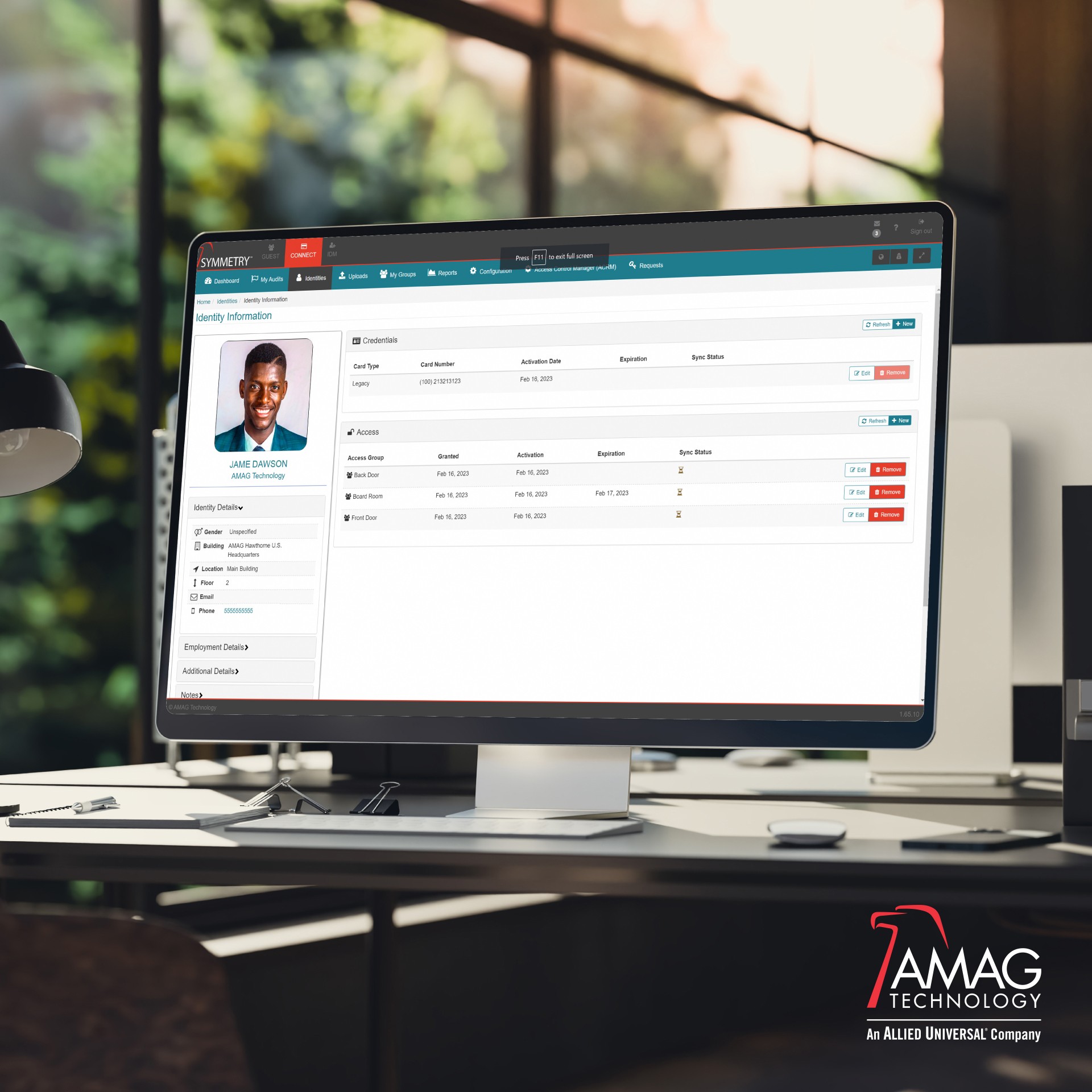Subscriber Exclusive
At CES 2025, the unveiling of AEGIS sent shockwaves through the security industry. Unlike traditional monitoring systems that simply react to events, AEGIS represents a paradigm shift—a platform that sees, hears, understands, and anticipates threats before they escalate.
In this exclusive interview, we sat down with Derrick Jones, Founder of Nand Logic, to explore the philosophy, technology, and real-world applications behind AEGIS. His answers reveal not just a product, but a new standard for intelligent security.
Part 1: The Vision Behind AEGIS
From Frustration to Innovation
Q: What inspired AEGIS, and how does it differ from existing systems?
Jones: "Most security systems today are reactive—they wait for a break-in to happen, then sound an alarm. That’s too late. I wanted something that could interpret its environment—not just detect motion, but understand whether that motion is a threat.
AEGIS was born from Jones’ frustration with the limitations of legacy systems:
- False alarms from pets or shadows
- Fragmented tools (cameras, sensors, alarms that don’t communicate)
- Cloud dependence, leaving systems vulnerable if the internet drops
"AEGIS doesn’t just watch—it comprehends. It knows the difference between your kid sneaking a midnight snack and an intruder climbing through a window."
Why Now? The Perfect Storm of Technology
Q: You’ve worked on other tech—why was now the right time for AEGIS?
"Five years ago, this wasn’t possible. You’d need a supercomputer to run AI models this complex. But with edge computing and our custom QuikSilva SoC, we can process everything locally, in real time. No lag, no cloud dependency—just instant awareness."
Jones emphasizes that AEGIS isn’t just an iteration—it’s a leap forward, made possible by:
✔ Advances in low-power AI chips
✔ Breakthroughs in sensor fusion
✔ Growing demand for privacy-focused security
Part 2: How AEGIS Works – Intelligence in Action
The Brains: QuikSilva SoC & Sensor Fusion
Q: How does AEGIS use sensor fusion for real-time insights?
"Imagine a home security system that only ‘sees’ motion. Now compare that to AEGIS, which”:
- Hears glass breaking
-Sees a person’s face (even in low light)
- Feels temperature spikes from a fire
- Smells rising CO2 levels
"It’s the difference between a guard who just watches a door and one who listens, smells, and anticipates danger."
Privacy Without Compromise
Q: How do facial recognition and sound classification protect privacy?
Jones is adamant: "We never wanted AEGIS to be a surveillance tool. That’s why:
- No cloud processing of biometrics (all recognition happens on-device)
- Sound AI ignores speech, focusing only on threats (gunshots, breaking glass)
- Data is encrypted and user-controlled—you decide what’s stored and for how long."
This approach sets AEGIS apart from Big Tech’s surveillance-heavy models.
Enterprise-Grade Adaptability
Q: How does AEGIS scale from homes to factories?
"In a home, AEGIS might prioritize family safety—recognizing kids, ignoring pets. In a factory, it can:
- Detect equipment overheating before a fire starts
- Monitor toxic gas levels in chemical plants
- Enforce restricted access zones with facial authentication
"Same hardware, different ‘brains.’ It’s like giving a security guard specialized training for each job."
Part 3: The Future – Beyond Security
From Smart Homes to Smart Cities
Q: What’s next for AEGIS?
Jones envisions AEGIS as **the nervous system of smart infrastructure:
- Expanded APIs to link with fire alarms, smart locks, and emergency services
- Mesh networking, allowing multiple AEGIS units to collaborate across a neighborhood
- Custom AI models for niche uses (e.g., detecting wildlife in conservation areas)
"This isn’t just about stopping burglars. Imagine AEGIS in schools, detecting guns before shots are fired. Or in hospitals, ensuring quarantines aren’t breached. The goal is prevention, not just response."
A Personal Mission
Q: How much of your values are embedded in AEGIS?
Jones pauses: *"All of them. Safety isn’t a luxury—it’s a right. But so is privacy. AEGIS proves you don’t have to choose."
He recounts testing early prototypes:
"We had a mom in our beta group who said, ‘This is the first time I’ve felt safe without feeling watched.’ That’s when I knew we got it right."
Final Word: The AEGIS Promise
AEGIS isn’t just another gadget—it’s a philosophy:
- Intelligent (understands context, not just data)
-Resilient (works offline, no cloud dependence)
- Respectful (prioritizes privacy without sacrificing security)
As Jones puts it: "We’re not just building a better alarm. We’re redefining what safety means in the AI age."
AEGIS is scheduled for launch in 2026 — stay tuned with SVIP for the latest updates and announcements.
Do you have insights to share? Contact us here and let's talk!













